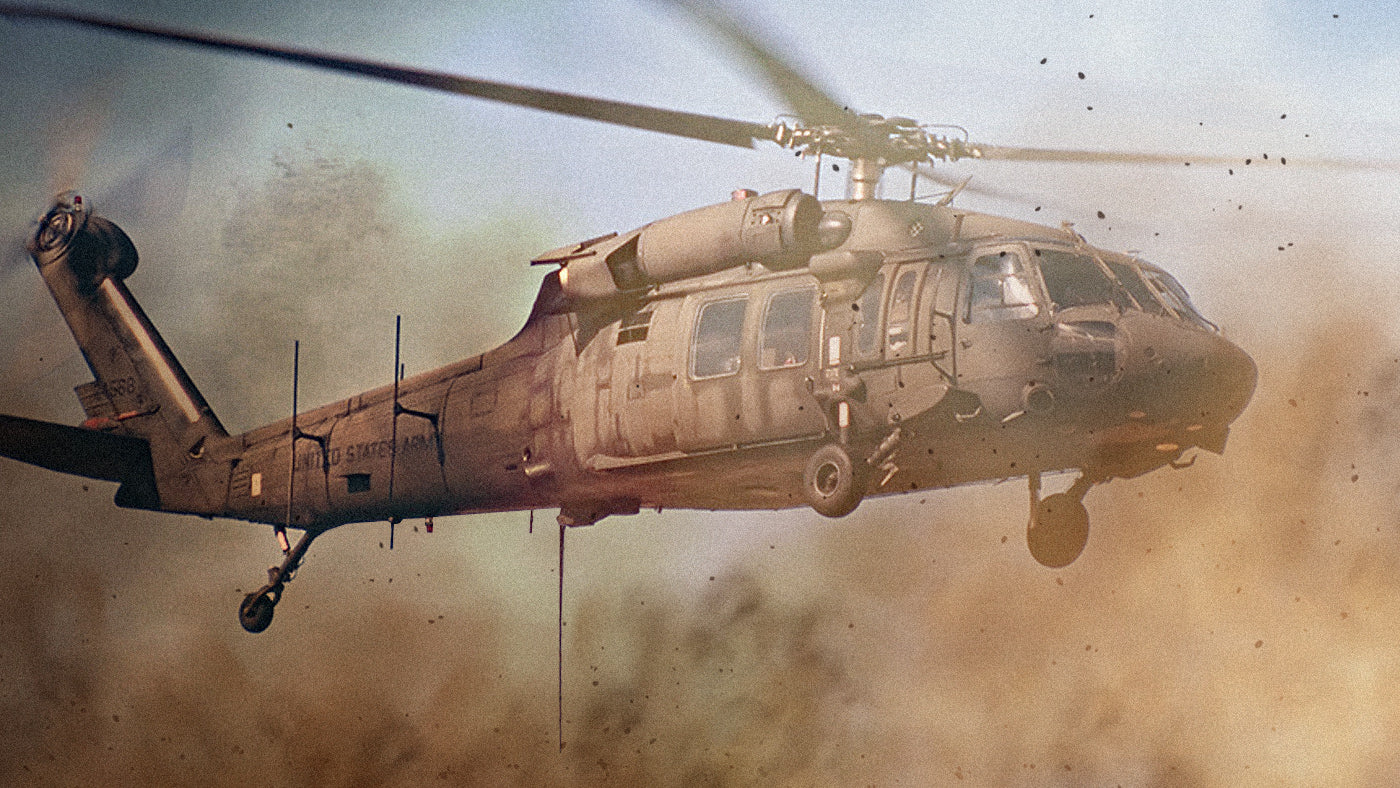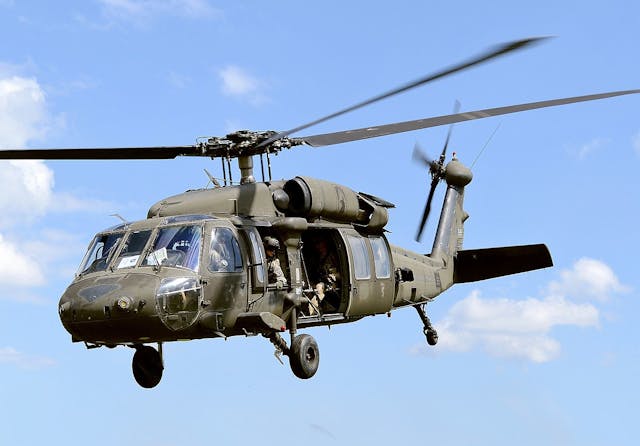UH 60 Black Hawk: From Concept to Contemporary Applications
UH 60 Black Hawk: From Concept to Contemporary Applications
Blog Article
A Comprehensive Guide to the Upkeep and Care of Aircraft for Long Life
The long life of an aircraft hinges substantially on its upkeep and treatment, demanding a structured method to make sure ideal efficiency and safety and security. Comprehending the details of these practices can be complex; as a result, it is important to check out the vital components that contribute to efficient aircraft care and the ramifications of ignoring these duties.
Importance of Normal Maintenance
Routine maintenance is vital for the safety, efficiency, and long life of airplane. An organized method to upkeep makes certain that all components operate efficiently, thus reducing the threat of mechanical failing during operation. Regular evaluations and maintenance allow specialists to identify prospective issues before they rise right into substantial troubles, guaranteeing that the airplane remains in compliance with aviation regulations.
Furthermore, maintaining an aircraft according to the maker's standards is critical for maintaining its worth. A well-documented upkeep history can improve resale prospects and impart self-confidence in prospective customers. Additionally, routine maintenance adds to functional performance, as it assists to maximize fuel usage and efficiency metrics, bring about cost savings with time.
Furthermore, routine maintenance adds to the total safety and security of flight procedures (uh 60). By attending to wear and tear promptly, drivers can minimize risks related to aging aircraft systems. This positive method not only shields the lives of guests and team however also safeguards the aircraft itself against catastrophic failings

Daily Inspection List
Exactly how can pilots and maintenance teams ensure the aircraft remains in ideal problem before each trip? The response lies in a comprehensive daily assessment list, which works as an essential method to recognize prospective issues that might jeopardize security and performance. This checklist must incorporate a number of essential locations, consisting of exterior and indoor assessments, as well as useful checks of important systems.
Beginning with the exterior, teams need to analyze the airframe for any noticeable damage, leakages, or signs of corrosion. Interest must be paid to regulate surface areas, touchdown equipment, and the problem of tires. Relocating to the interior, the team must confirm that all controls and instruments are functional, ensuring that digital systems are working properly.

In enhancement to architectural checks, it is necessary to evaluate fuel degrees and confirm that all needed records, consisting of enrollment and weight and balance details, depend on date. A testimonial of emergency situation equipment, consisting of life vests and fire extinguishers, must be performed to guarantee conformity with security laws. By carefully following this day-to-day assessment checklist, pilots and upkeep crews can significantly enhance the security and integrity of their aircraft.
Scheduled Maintenance Programs
Set up upkeep programs are vital for the long-lasting safety and performance of airplane operations. These programs are developed to ensure that all aircraft parts undergo routine inspections, maintenance, and necessary fixings at established periods. By adhering to an organized maintenance schedule, operators can see this website considerably reduce the risk of in-flight failings, improve aircraft dependability, and expand the life expectancy of important parts.
Normally, arranged upkeep is classified right into different levels, consisting of A, B, d, and c checks, each with distinctive needs and thoroughness. A checks are normally a lot more frequent and concentrate on standard visual assessments and small repair services, while D checks are much more detailed and take place much less often, entailing considerable disassembly and overhaul of the airplane.
Regulative bodies, such as the FAA and EASA, required conformity with details maintenance schedules based on aircraft type and use. Operators must maintain precise records of all maintenance executed to demonstrate compliance and promote evaluations. The assimilation of anticipating upkeep technologies can even more improve the effectiveness of scheduled programs by determining possible issues before they escalate, consequently making sure that airplane stay in optimal condition and all set for secure operations.
Look After Aircraft Interiors
Caring for airplane insides is critical not just for traveler convenience but also for maintaining the overall value and safety of the aircraft. Regular cleansing and maintenance of the interior parts add considerably to a favorable flying experience while maintaining the airplane's aesthetic appeal.
To make sure optimum care, it is crucial to develop a regular cleaning routine that includes vacuuming carpets, cleaning down surface areas, and disinfecting high-touch areas. Upholstery and seats ought to be checked for damage, with any type of damage without delay dealt with to stop more damage. Furthermore, interest has to be provided to the galley and lavatory areas, which need comprehensive cleansing and restocking of materials to preserve health.
Furthermore, using suitable cleansing agents is important; harsh chemicals can harm products and finishes, so it is advisable to use items especially created for aircraft insides. Routine evaluations ought to likewise be performed to determine any type of upkeep needs, such as changing damaged seat covers or repairing window tones. By focusing on the care of aircraft interiors, drivers can improve the overall guest experience and protect the financial investment in their aircraft.
Comprehending Governing Conformity
Governing conformity is a vital facet of aircraft upkeep, frequently needing drivers to follow a complicated structure of neighborhood, national, and worldwide criteria. This framework is learn this here now mostly developed by aviation regulatory bodies such as the Federal Air Travel Management (FAA) in the United States and the European Union Aviation Safety Company (EASA) in Europe - uh 60. These companies set forth guidelines that regulate numerous elements of aircraft maintenance, consisting of airworthiness, safety procedures, and functional procedures

Furthermore, operators must remain notified about adjustments in guidelines and join training programs to make certain that their team is experienced the original source concerning compliance requirements. Failing to abide by these regulations can result in serious charges, consisting of fines, grounding of airplane, or loss of qualification. Consequently, understanding and adhering to regulative compliance is vital for the durability and safety and security of airplane operations.
Conclusion
In conclusion, the maintenance and treatment of airplane are extremely important for guaranteeing durability, safety and security, and functional efficiency. Attention to the aircraft's interior and compliance with governing standards considerably add to maintaining its worth.
The longevity of an aircraft hinges considerably on its maintenance and care, demanding an organized approach to guarantee ideal performance and security. By carefully following this everyday assessment list, pilots and maintenance teams can substantially improve the security and dependability of their airplane.
These programs are developed to guarantee that all aircraft elements go through regular evaluations, upkeep, and needed fixings at fixed periods. By focusing on the care of aircraft interiors, drivers can enhance the general traveler experience and protect the investment in their aircraft.
In final thought, the upkeep and treatment of airplane are vital for making certain long life, safety, and operational effectiveness.
Report this page